I’m assuming if you were able to find this blog you probably already have some inkling of what biological anthropology is and encompasses, but let’s not begin by jumping to any hasty conclusions. Besides, the purpose of this blog is to broaden the awareness and appreciation of biological anthropology (or ‘bioanth’) to a wider audience. You can think of me like your very own personal biological anthropologist. So without any further blathering on…
Let’s talk some bioanth!
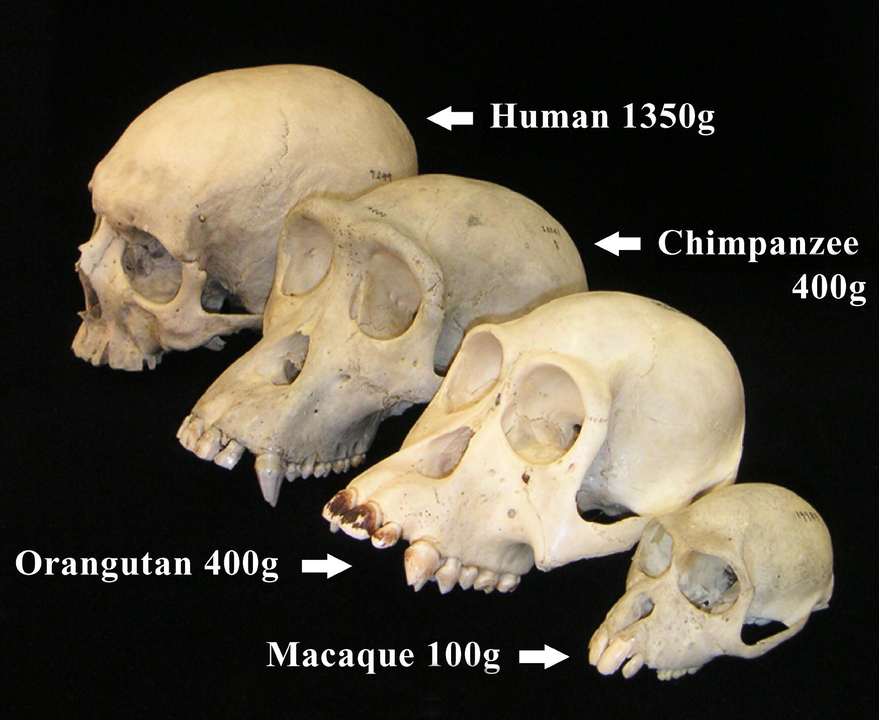
Anthropology is the scientific study of humans, both culturally and biologically, whenever and where ever they have occurred. As you can imagine, this is ridiculously broad. Traditionally, anthropology is divided into four main branches, each a bit more focused and more specialized, but all with some overlap with each other. These four branches are cultural anthropology, linguistic anthropology, archaeology, and biological anthropology. That’s us! Biological anthropology is sometimes also called physical anthropology or, more rarely, evolutionary anthropology. Since this is a blog all about bioanth, we won’t spend much time in any of the other three branches (although, again they do overlap somewhat).
So we now know what anthropology is and how its divided, but what exactly is biological anthropology? Biological anthropology is concerned with the origin, biological evolution, and biocultural diversity of humans. ‘Biocultural‘ describes the relationship between what humans have inherited genetically (biology) and culture. This is important because humans are both cultural beings and biological organisms. Biological anthropology can be further divided into two overarching fields of inquiry: human evolution and human variation. Those who study human evolution include paleoanthropologists studying the fossil record of humans, human ancestors, and nonhuman primates, and primatologists studying living nonhuman primates. Biological anthropologists in this sub-field are interested in the origins and evolution of humans and nonhuman primates.
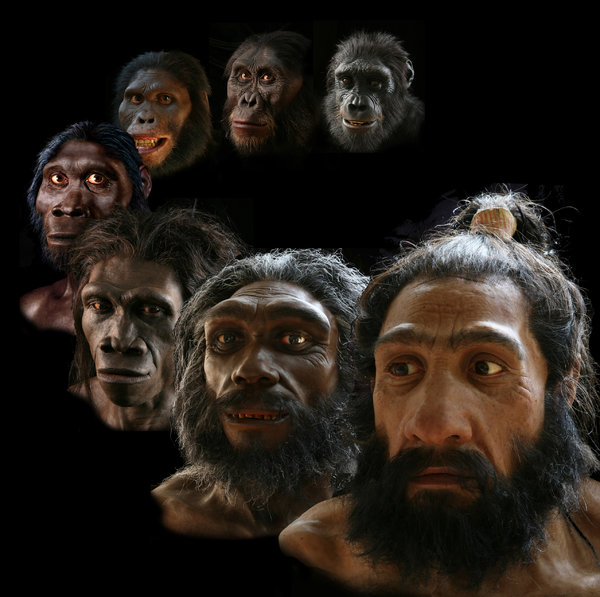
Those who study human variation include osteologists studying human skeletal anatomy, and anthropological geneticists studying how and why humans vary. Biological anthropologists in this sub-field are interested in the causes and significance of human variation (such as ‘race’).
And biological anthropologists of BOTH sub-fields are often interested in the evolution and biological bases of human behaviors. Why do we behave the way that we do? What behaviors have parallels in nonhuman primates or in human ancestors? What behaviors are uniquely human?
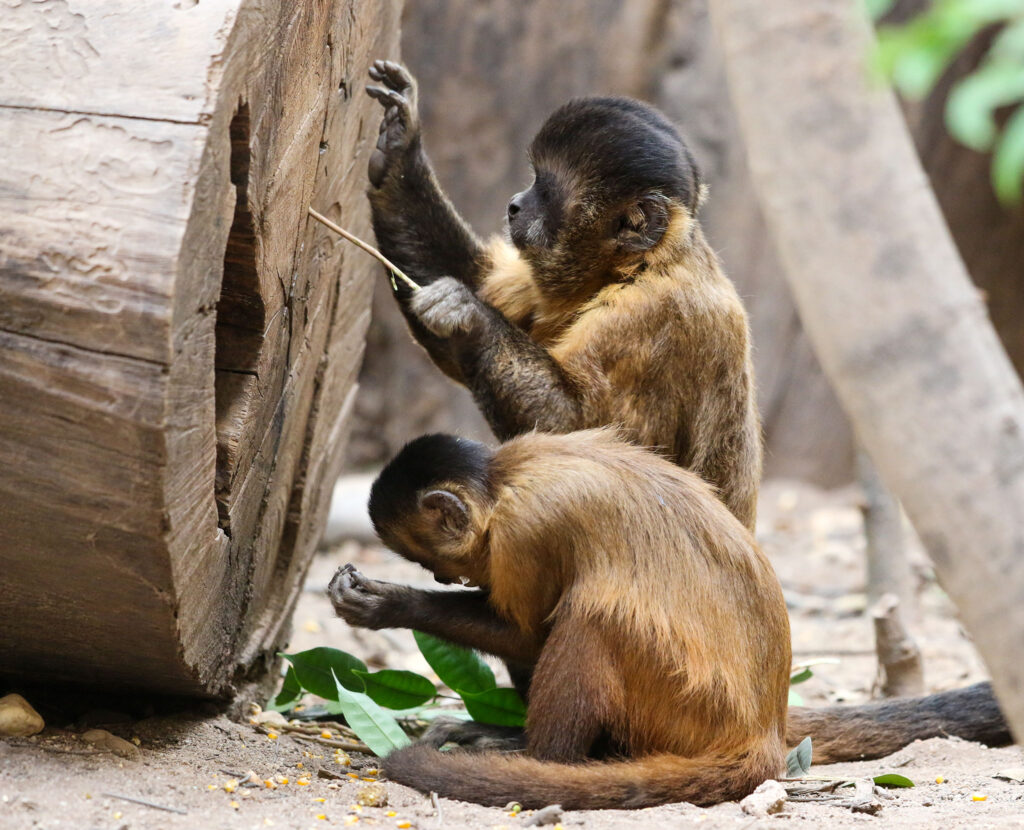
Biological anthropologists seek to answer these questions about human behavior and much more. Where did we come from? Who are we today and why? Where are we going? What does it mean to be ‘human’? These are BIG questions in biological anthropology and together, through this blog, we’re going to begin exploring them.
Kate Keller (McElvaney)
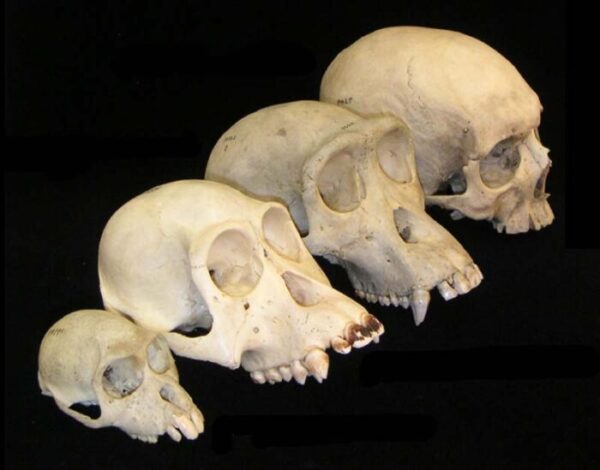
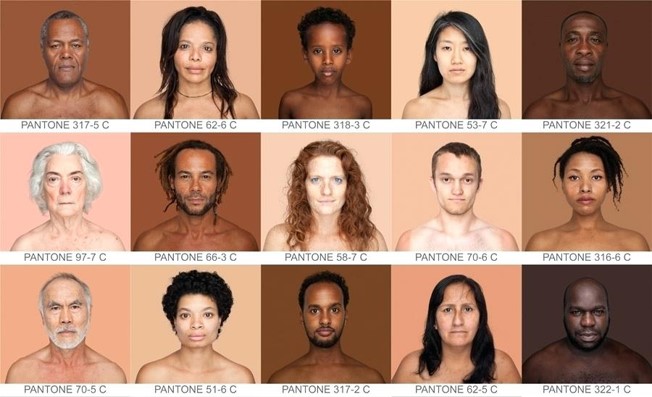
One Reply to “What Is Biological Anthropology?”
Comments are closed.